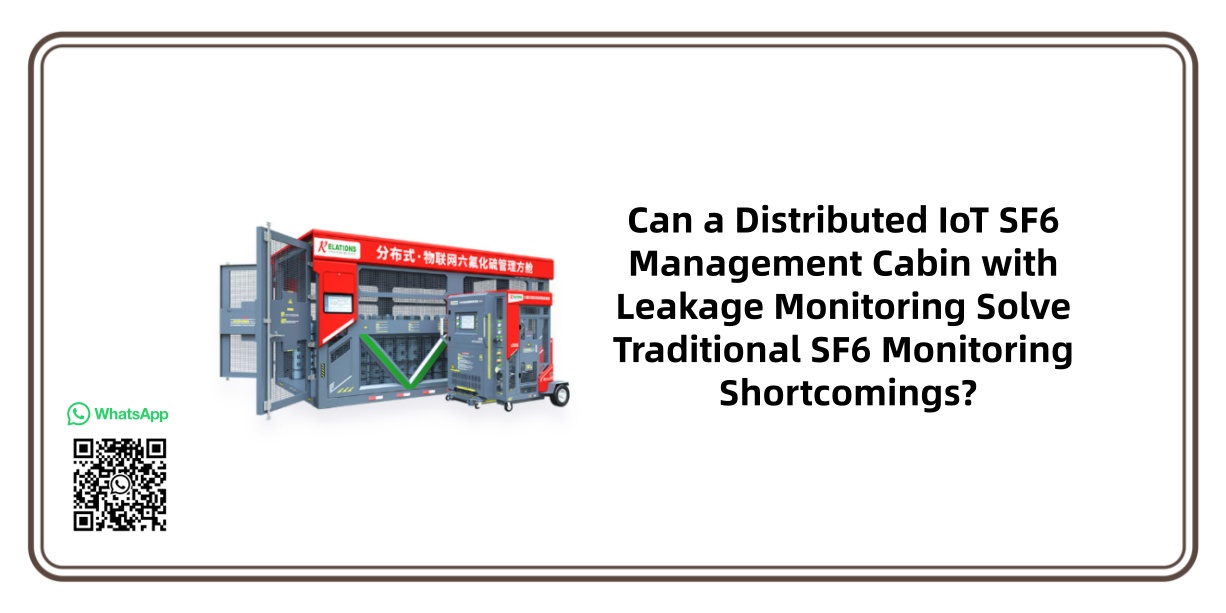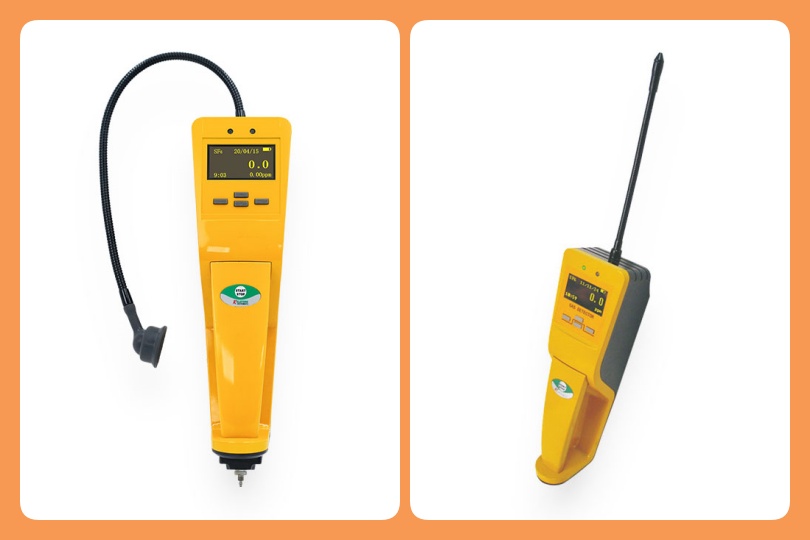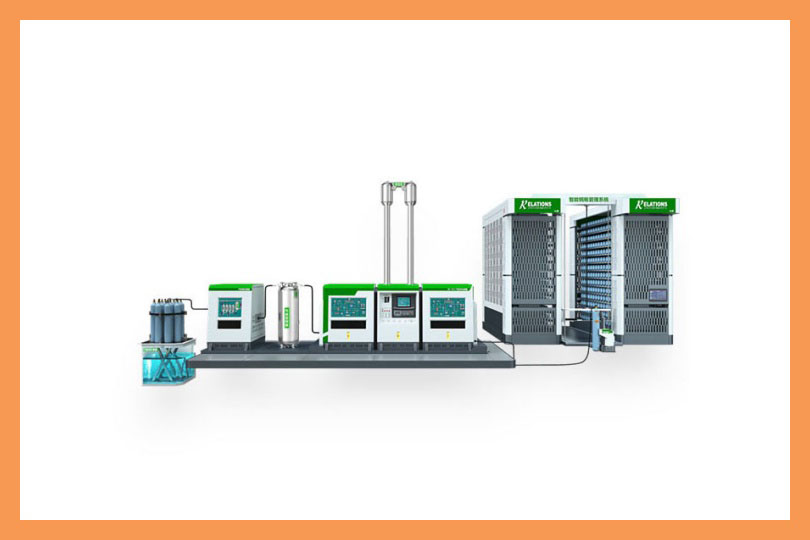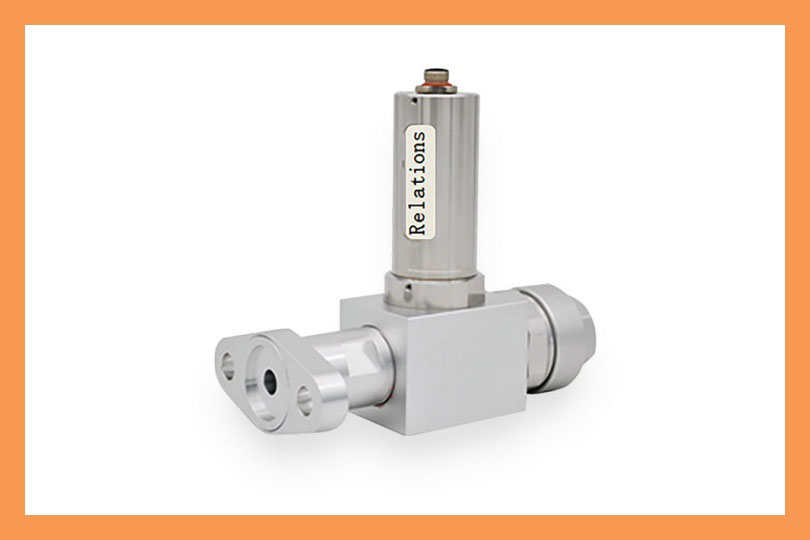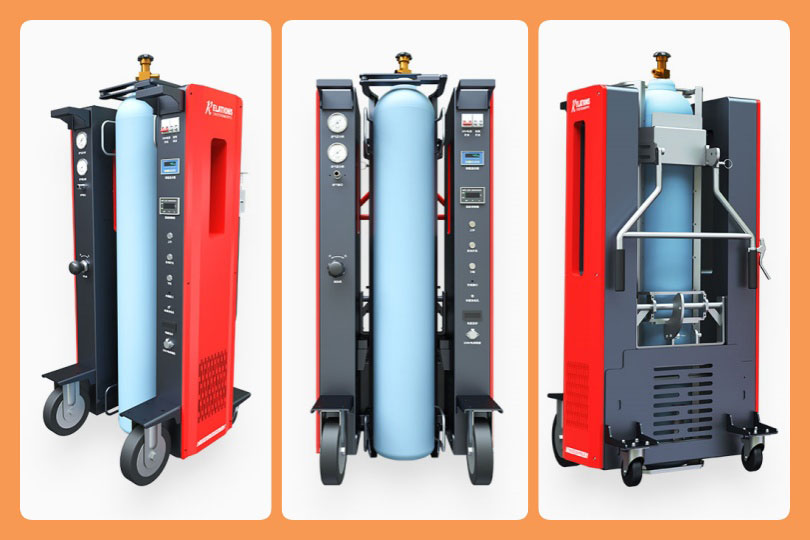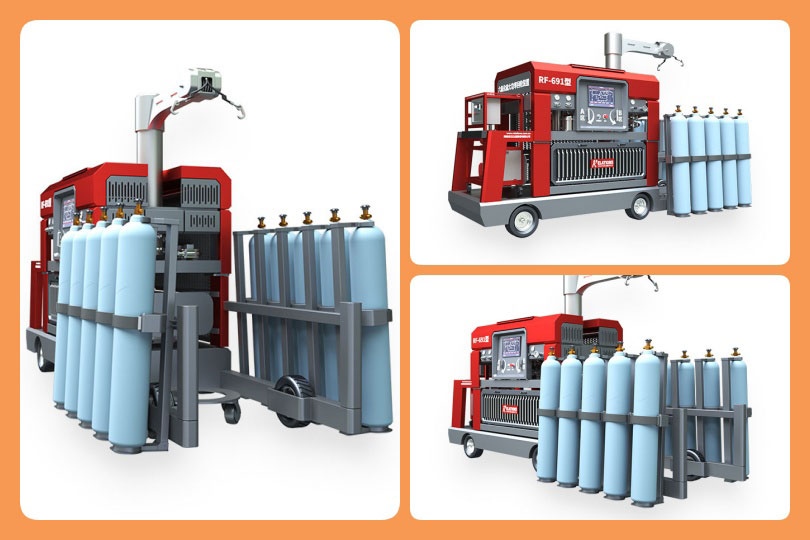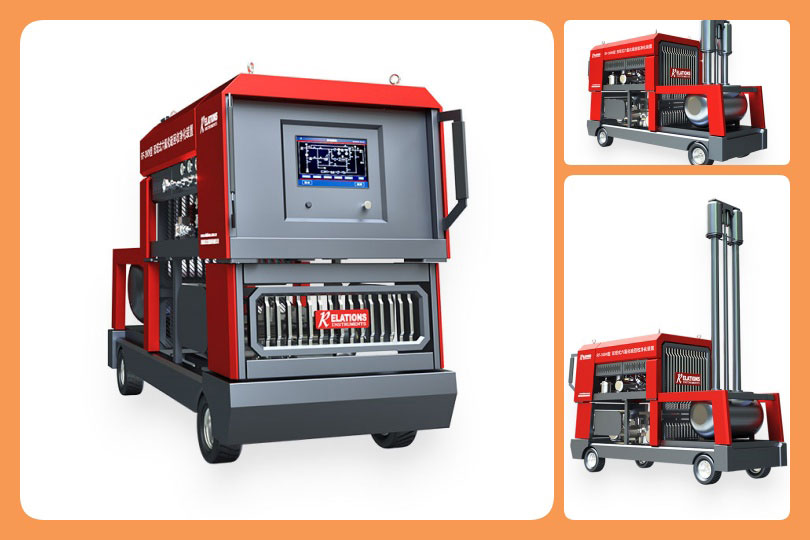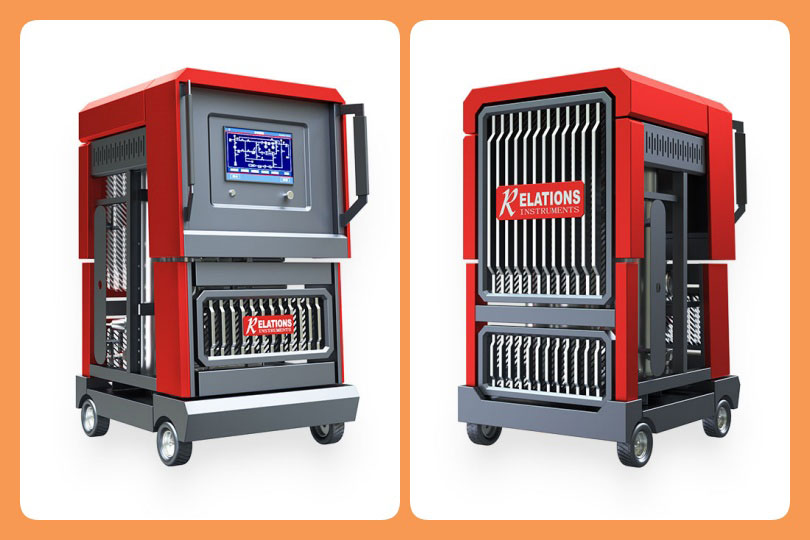Can a Distributed IoT SF6 Management Cabin with Leakage Monitoring Solve Traditional SF6 Monitoring Shortcomings?
Date
2025-09-23
[email protected]
Website
www.sf6gasdetector.com
Get Solutions And Quotes
Can a Distributed IoT SF6 Management Cabin with Leakage Monitoring Solve Traditional SF6 Monitoring Shortcomings?
SF6 (sulfur hexafluoride) is a critical insulating and arc-quenching gas widely used in high-voltage electrical equipment, such as switchgears and transformers. However, SF6 is one of the most potent greenhouse gases—with a global warming potential (GWP) 23,900 times that of CO₂ over a 100-year period—and its leakage not only violates environmental regulations but also risks equipment failure and operational safety. Traditional SF6 monitoring methods, such as manual sampling or centralized sensor systems, often suffer from delays, limited coverage, and high maintenance costs. To address these challenges, the Distributed IoT SF6 Management Cabin with Leakage Monitoring has emerged as a game-changing solution, integrating IoT technology with distributed sensing to enable real-time, accurate, and efficient SF6 management.
1. Why Traditional SF6 Monitoring Falls Short
Before the advent of distributed IoT systems, most facilities relied on two primary approaches for SF6 monitoring:
Manual inspection: Technicians periodically collect gas samples from cabinets and analyze them in labs. This method is time-consuming, prone to human error, and cannot detect sudden leaks in real time—leaving equipment and the environment vulnerable for hours or days.
Centralized sensor systems: A single sensor is installed to monitor multiple SF6 cabinets, leading to “blind spots” in large facilities. If the central sensor malfunctions, the entire monitoring network fails, and data transmission delays often occur due to long-distance signal transmission.
These limitations highlight the need for a more flexible, reliable, and intelligent solution—exactly what the Distributed IoT SF6 Management Cabin with Leakage Monitoring delivers.
2. Core Features of the Distributed IoT SF6 Management Cabin
The system is designed to address the shortcomings of traditional methods by combining distributed sensing, IoT connectivity, and cloud-based data management. Its key features include:
Real-Time Distributed Leakage Monitoring
Each SF6 management cabinet is equipped with a dedicated, high-precision sensor (e.g., electrochemical or infrared sensors) that detects SF6 concentration, temperature, and humidity. Unlike centralized systems, the distributed design ensures no blind spots—every cabinet is monitored independently. When SF6 concentration exceeds the safety threshold (typically 1,000 ppm for indoor areas), the sensor triggers an immediate alert, minimizing response time.
IoT-Powered Data Transmission & Cloud Integration
Sensors in each cabinet connect to a local IoT gateway via low-power wide-area network (LPWAN) technologies (e.g., LoRaWAN or NB-IoT), ensuring stable data transmission even in large industrial facilities (e.g., substations or power plants). The gateway then sends real-time data to a cloud-based management platform, where users can access dashboards, view historical trends, and generate reports—all from a computer or mobile device. This eliminates the need for on-site data collection and enables remote monitoring.
Intelligent Alerts & Automated Responses
The cloud platform uses AI algorithms to analyze data and distinguish between normal fluctuations and actual leaks. When a leak is confirmed, the system sends multi-channel alerts (SMS, email, or in-app notifications) to maintenance teams. For critical leaks, it can even trigger automated actions, such as shutting off gas valves or activating ventilation systems, to prevent further environmental damage and equipment risk.
Low Maintenance & Energy Efficiency
The distributed sensors are battery-powered with a lifespan of 3–5 years, reducing the need for frequent replacements. The IoT gateway operates on low energy, and the cloud platform allows for remote firmware updates—lowering overall maintenance costs compared to traditional systems.
3. Key Application Scenarios
The Distributed IoT SF6 Management Cabin with Leakage Monitoring is ideal for industries and facilities that rely on SF6-based electrical equipment:
Power Substations
Substations often have dozens of SF6 cabinets spread across large areas. The distributed system ensures every cabinet is monitored, even in remote corners, supporting the trend toward unmanned substations. Real-time alerts help prevent power outages caused by SF6 leaks, while accurate data helps comply with environmental regulations (e.g., the EU’s F-Gas Regulation).
Renewable Energy Plants
Solar and wind farms use SF6 equipment to manage high-voltage power transmission. These facilities are often located in remote areas, making manual inspection difficult. The IoT-based system enables remote monitoring, reducing the need for on-site visits and cutting operational costs.
Industrial Facilities
Manufacturing plants, data centers, and oil refineries use SF6 cabinets for electrical safety. Leaks in these environments not only risk equipment damage but also threaten worker health. The system’s real-time alerts and localized monitoring ensure a safe working environment while meeting sustainability goals.
4. Environmental & Economic Benefits
Beyond safety and efficiency, the system delivers significant long-term value:
Environmental compliance: By minimizing SF6 leaks, facilities meet global regulations (e.g., the US EPA’s SF6 emissions standards) and reduce their carbon footprint, supporting net-zero goals.
Cost savings: Real-time leak detection reduces gas loss (SF6 is expensive to replace) and lowers maintenance costs associated with manual inspections. Remote monitoring also cuts travel expenses for technicians.
Asset protection: Early leak detection prevents corrosion and breakdown of electrical equipment, extending its lifespan and reducing replacement costs.
The Distributed IoT SF6 Management Cabin with Leakage Monitoring is a critical innovation for industries relying on SF6. By combining distributed sensing, IoT connectivity, and intelligent data management, it solves the limitations of traditional monitoring methods—delivering real-time safety, regulatory compliance, and sustainability. As global demand for clean energy and environmental responsibility grows, this system will become an essential tool for protecting equipment, workers, and the planet. For facilities looking to upgrade their SF6 management, investing in a distributed IoT solution is not just a choice for efficiency—it’s a commitment to a greener, safer future.
